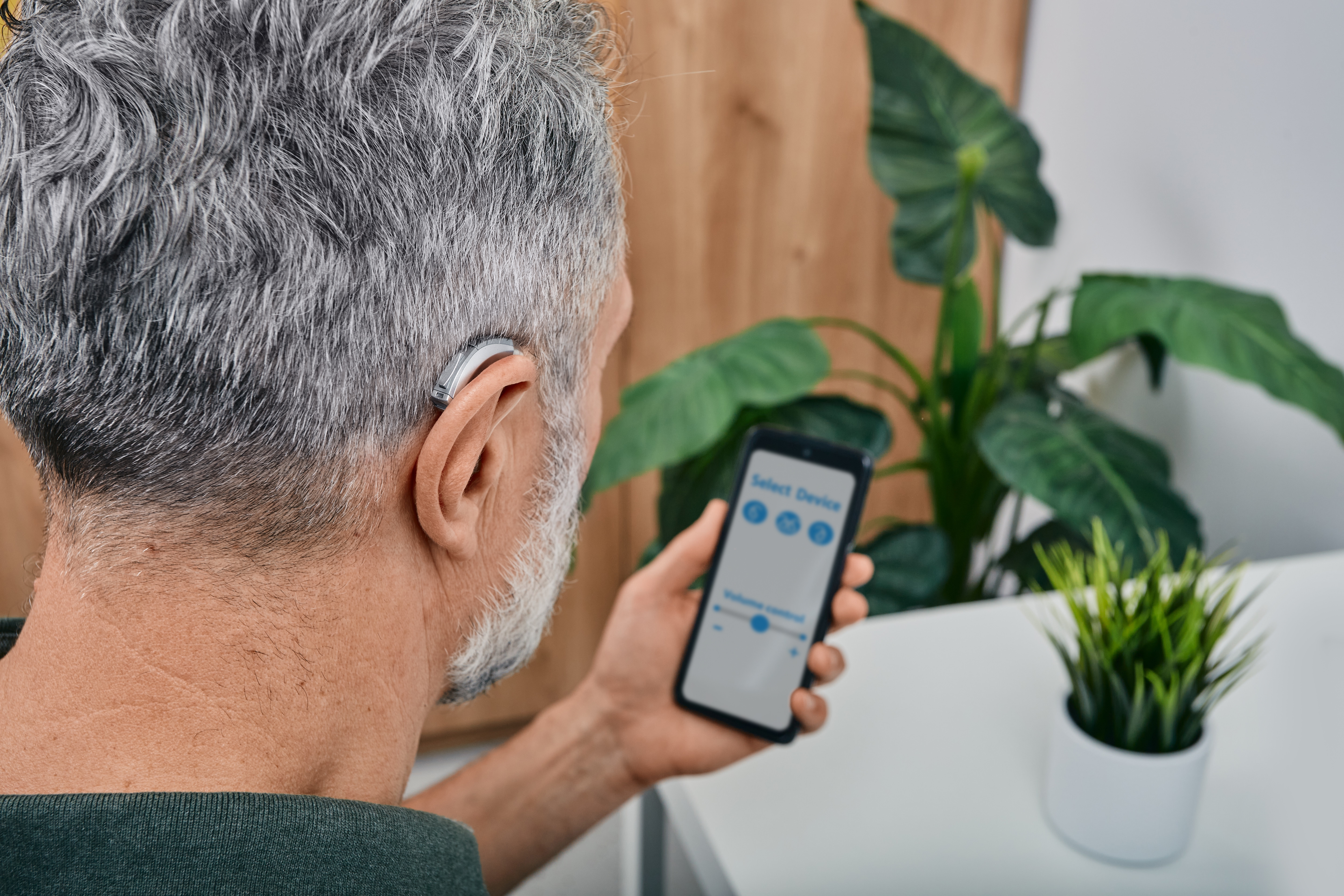Replace a hearing aid tube
This short video shows how to replace the clear plastic tube on a hearing aid that uses tubing.
You can pause the video as you go. If you're unsure at any point, our team is here to help.
Is this guide right for you?
- Your hearing aid has a visible plastic tube
- The tube feels stiff, cracked, yellowed or blocked
- You can hear a difference in sound quality
Not sure what type of hearing aid you have? Contact our team and we'll help you identify it first.

What the video shows
If you're unable to watch the video, these are the main steps involved:
- Carefully remove the old plastic tube
- Attach the new tube to your hearing aid
- Check that it feels comfortable and secure before wearing
If at any point the tube doesn't come away easily, or you're unsure, stop and contact us before continuing.

Need further help?

Contact a member of our team
If you still have questions, you can speak to one of our friendly hearing aid advisers.
Get in touch
Need more hearing aid supplies?
Head over to our shop for hearing aid batteries, wax guards, filters and cleaning supplies.
Visit our online shop
Time for your next hearing test?
We'll test your ears, assess your individual needs, run through your options and help find the right hearing aids for you.
Book a hearing test

